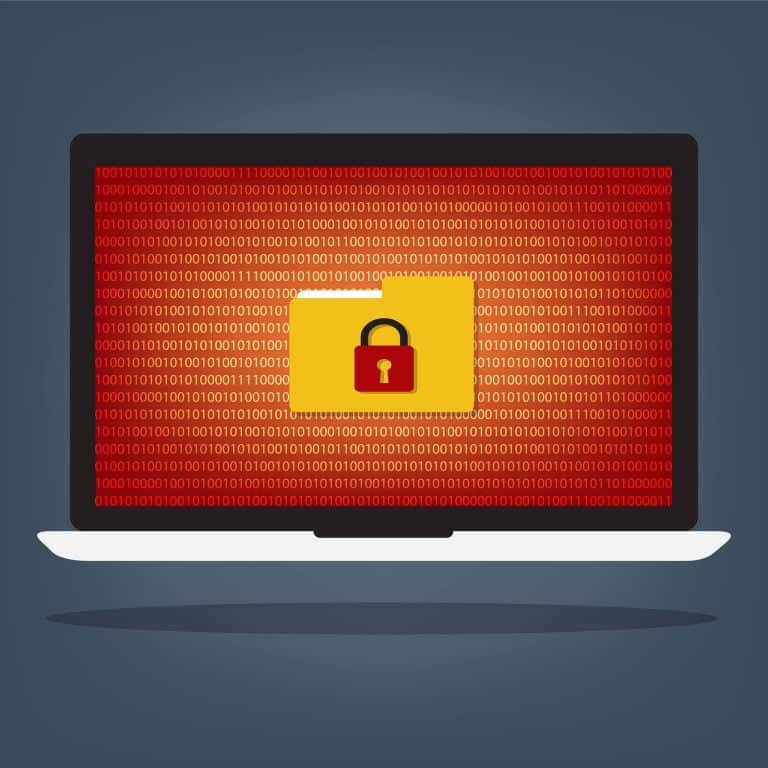Insider threats are more common than you may think at first. While disgruntled, revenge-seeking employees are a real risk, most of these threats come from good workers making simple mistakes that allow attackers access. As a result, while it’s easy to assume you’re safe from internal breaches, your organization should be actively monitoring for these incidents as a part of your threat-hunting procedure.
Table of Contents
ToggleRegardless of what other defenses you have, proactive information security is essential today as cybercrime rises and the related costs grow. Staying safe from insider threats involves watching for red flags across your organization. Luckily, the warning behaviors of insider threats are often similar, whether they’re caused by a turncoat employee or an honest mistake.
When you know what actions are typical of insider threats, threat hunters can identify and stop them much easier. Here are five common signs of insider threats to look for and how to address them.
1. Unusual Access Activity
One of the hallmarks of an insider attack is an account accessing things it normally wouldn’t. That happens with both malicious insiders and breached accounts belonging to loyal employees.
Your business’s workflows likely fall into a routine, with different teams regularly accessing the different data and systems they need to do their jobs. If a member of one team starts to request access or try to see resources it doesn’t need or doesn’t normally use, it should raise suspicions. These unusual access patterns, especially if repeated, could signify someone trying to collect sensitive data.
Automated cybersecurity tools can monitor your network for unusual behavior like this. When it flags abnormal access activity, restrict the account in question. Once you’ve put its access privileges on hold, reach out to the employee and their team to see if it’s a threat or just an unusual workflow.
2. Login Anomalies
Similarly, abnormal login activity is another possible indicator of an insider threat. Like with file access, the employees at your organization likely follow a fairly regular pattern for when and where they log in. Anything outside those routines warrants a closer look.
Users logging in at dramatically different times or locations could mean an attacker has stolen their credentials. Repeated failed login attempts could signify a brute-force attack. While it could also be innocuous, the risks are too high to assume each incident is just someone forgetting their password.
Some security systems can track login activity, helping you establish baselines for normal behavior and highlighting irregularities. When an abnormality arises, follow the same steps as the previous threat: Restrict the account and then investigate it further. Employing multi-factor authentication (MFA) can help mitigate these risks, too.
3. Use of Unauthorized Applications
Most organizations also have a slew of applications that different teams and departments use. In many cases, employees in one team rarely need access to another, so people using or attempting to use these apps is a red flag.
Digital applications are not the only thing to monitor; physical security systems should be watched, as well. Elements of your physical site security, such as locks, security cameras, and more, are also vulnerable to insider threats. Electronic security systems can be hacked externally, but getting past physical security measures is much easier with insider access. Employees showing a sudden interest in physical security measures should also be a warning sign.
The first step to preventing these threats is to restrict access permissions so each user can only access what they need. That way, any attempts to run or log in to applications outside of their normal workflows will stand out. Once again, automated monitoring software can help here.
Repeated attempts to access unauthorized applications warrant account restriction and further investigation. If the employee isn’t acting maliciously, but an attacker breached their account, change their login credentials and recommend that others follow suit.
4. Search, Copying, and Download Anomalies
Some signs of insider threats are more subtle. Sometimes, an account may not need to reach outside its permissions to access sensitive data. Watching for unusual searching, copying, or downloading activity can help uncover attacks in these situations.
With more than half of organizations running at least 51% of their workloads in the cloud today, there’s often little need to download or copy much data. Similarly, experienced employees don’t normally spend too much time searching for sensitive information. If you or your monitoring software notices this activity, you should take a closer look.
It’s also critical to know what data you have in the first place. If you aren’t even sure what data different branches of your business are collecting, watching for access anomalies may not catch everything. By maintaining an up-to-date inventory of the data you create and collect, you’ll know what to watch and which pieces of data might be the most valuable.
Setting a defined, specific process for copying, sharing, or downloading sensitive data will help malicious activity stand out. Any high volumes of these processes should raise alarms, too. Restrict the account and reach out as soon as you notice them, and remember to keep encrypted backups to minimize a breach’s impact.
5. Unusual or Declining Performance
While most insider threats come from breached accounts, malicious insiders are worth addressing, too. These are best to prevent before they occur, and one of the most common early warning signs is unusual or dropping performance.
If an employee with a strong record starts missing several deadlines or breaking protocol, watch them closely. They could be upset with their job or management and are intentionally breaking the rules in revenge, which could lead to data breaches.
Poor performance could also stem from other issues, like stressful events in the employee’s home life. In such instances, even if the employee isn’t actively looking to harm the company, a lowered performance could make a security breach easier for external threats. In either case, it’s worth looking into it to see if the company can make the situation better for them. Have an appropriate figure reach out and talk to them to determine what the issue is, and watch their account carefully for dangerous behavior.
Insider Threats – Early Detection Is the Key to Effective Responses
Regardless of the specifics, stopping an insider threat hinges on early responses. To achieve that, your security team should be actively monitoring for any of these warning signs.
These five behaviors are some of the most common signifiers of a breached account or malicious insider. While they don’t necessarily represent an attack in every instance, they do require closer attention, given the risks. By monitoring for these unusual behaviors, your organization can provide threat hunters with the data they need to identify potential threats. You will be able to look into these incidents more quickly and effectively, ensuring that everyone can work as they need to and preventing or shutting down any breaches.





